Credits
-
Pou Auaha / Creative Director
Dave Turnbull
-
Ringatoi Matua / Design Director
Aaron McKirdy
-
Ngā Kaimahi / Team Members
Dave Turnbull, Aaron McKirdy, David Read, Dr Johnson Witehira, John Moore, George Frost, Qudsia Rashdi, Cat Lunjevich -
Kaitautoko / Contributors
Judy Cochrane, Nic Gorman, Leanne Stubbing, Chrystal Doller, Ellie Tofts, Conrad Nepe Apatu, Dr Rosemary Hipkins, Rachel Bolstad, Ben Sedley, Dr Melinda Webber, Nathan Wallis, Aatea Solutions, CreativeHQ, Dr Sonja Macfarlane, Dr Stuart McNaughton
-
Client
Ministry of Education
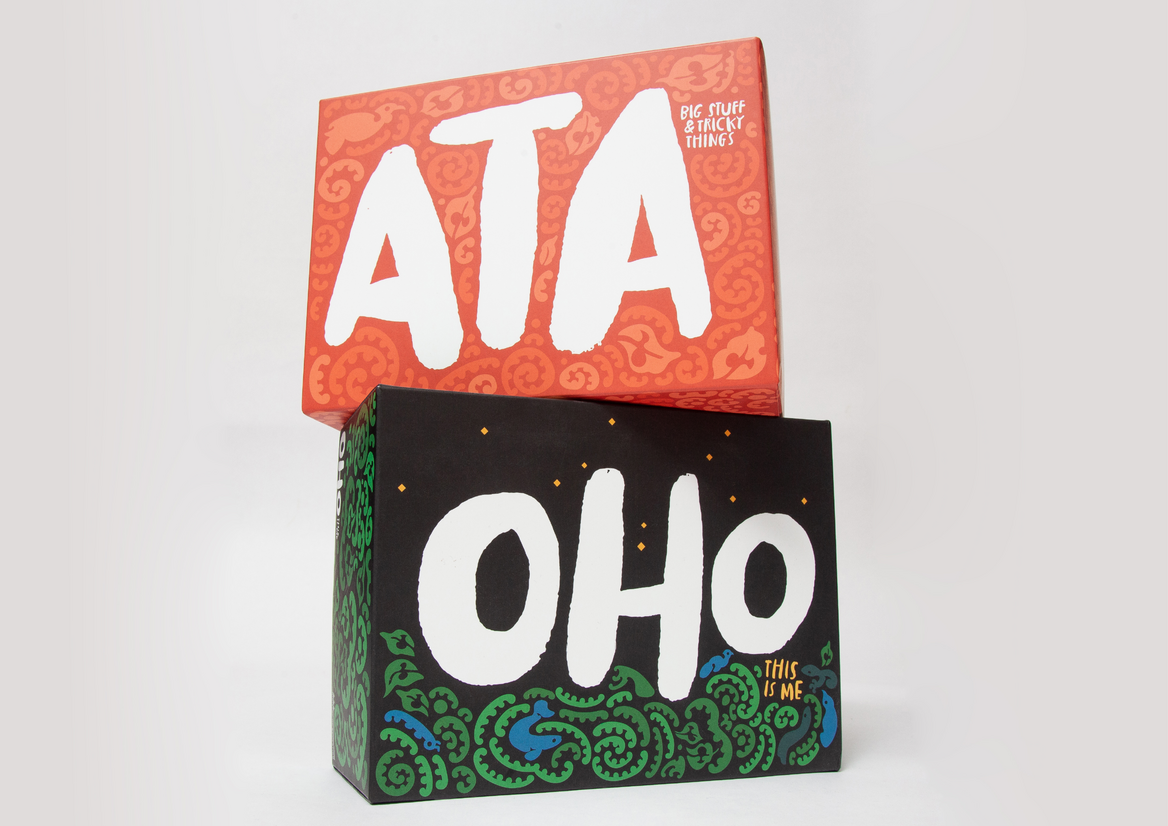

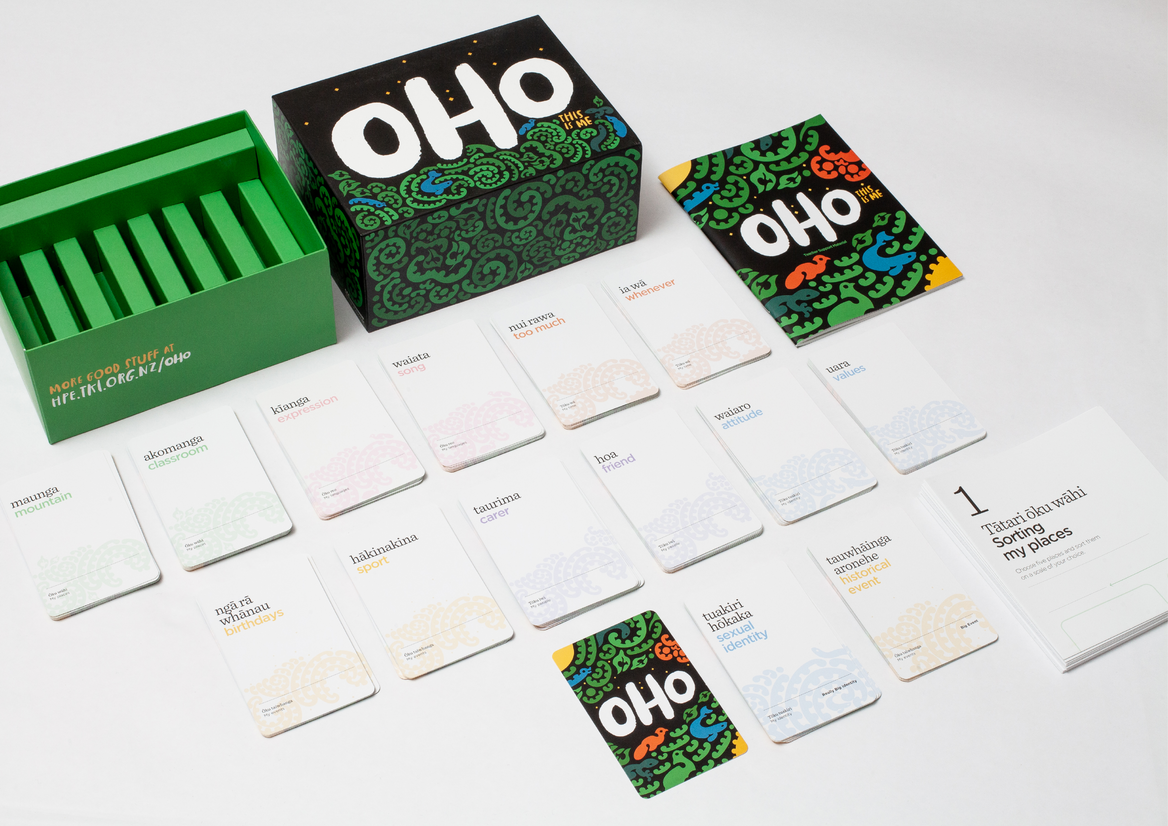
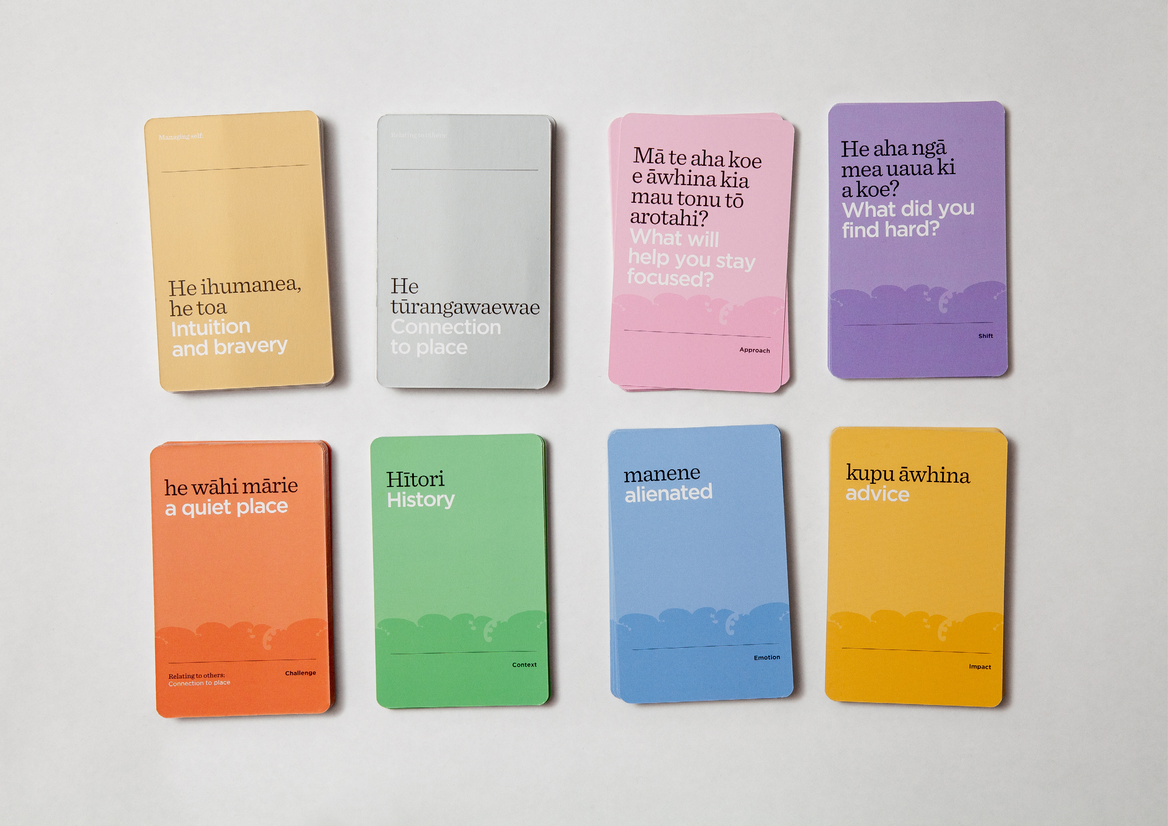
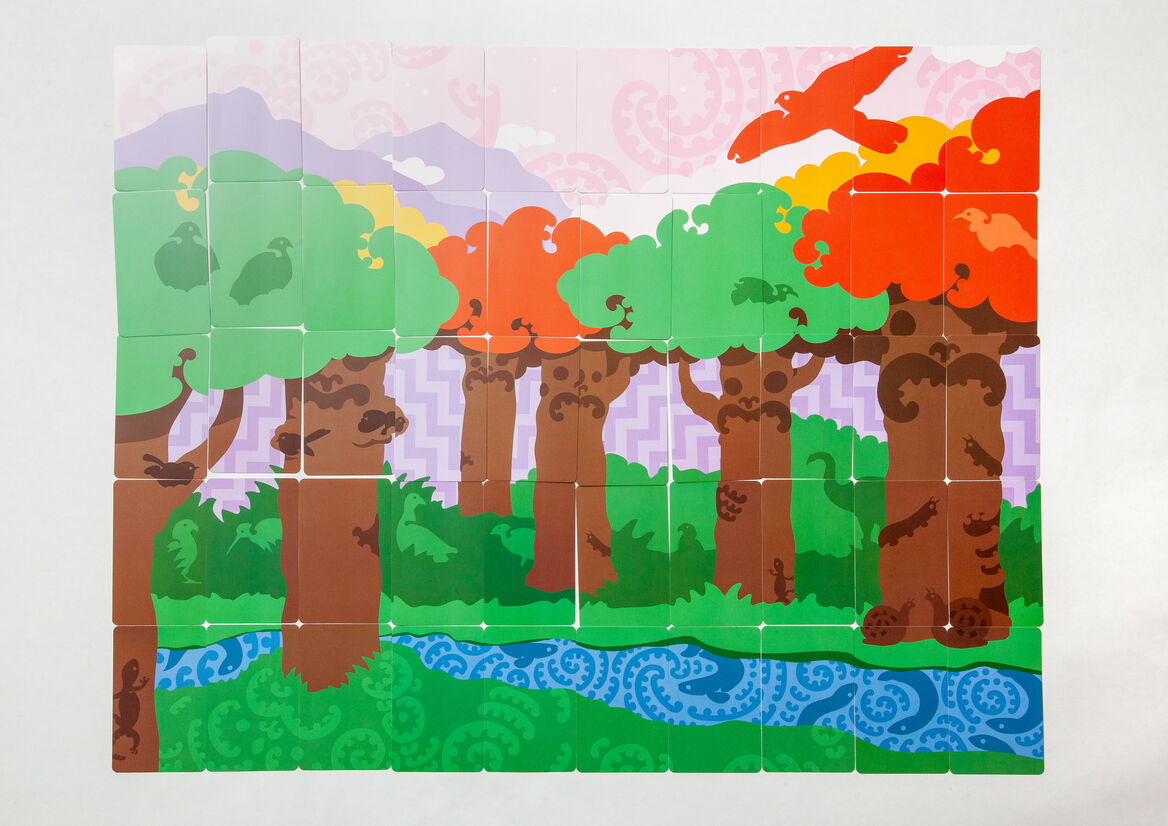
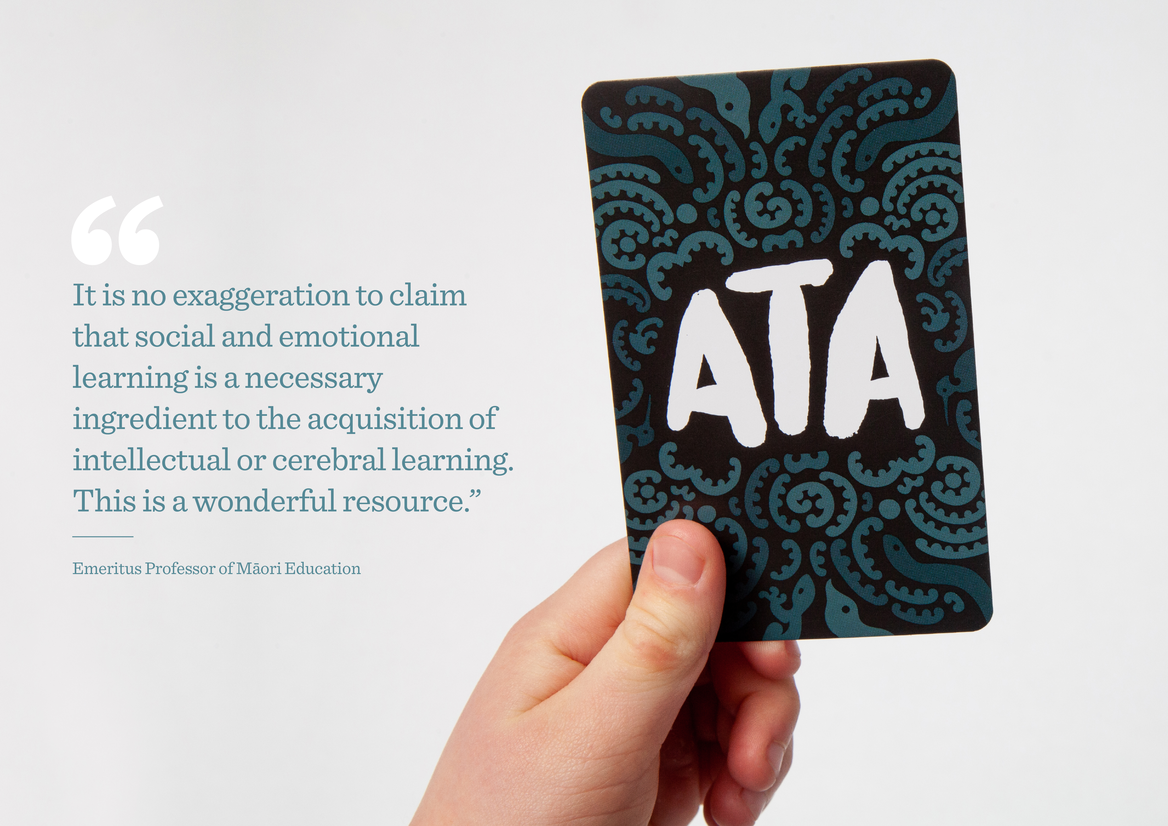
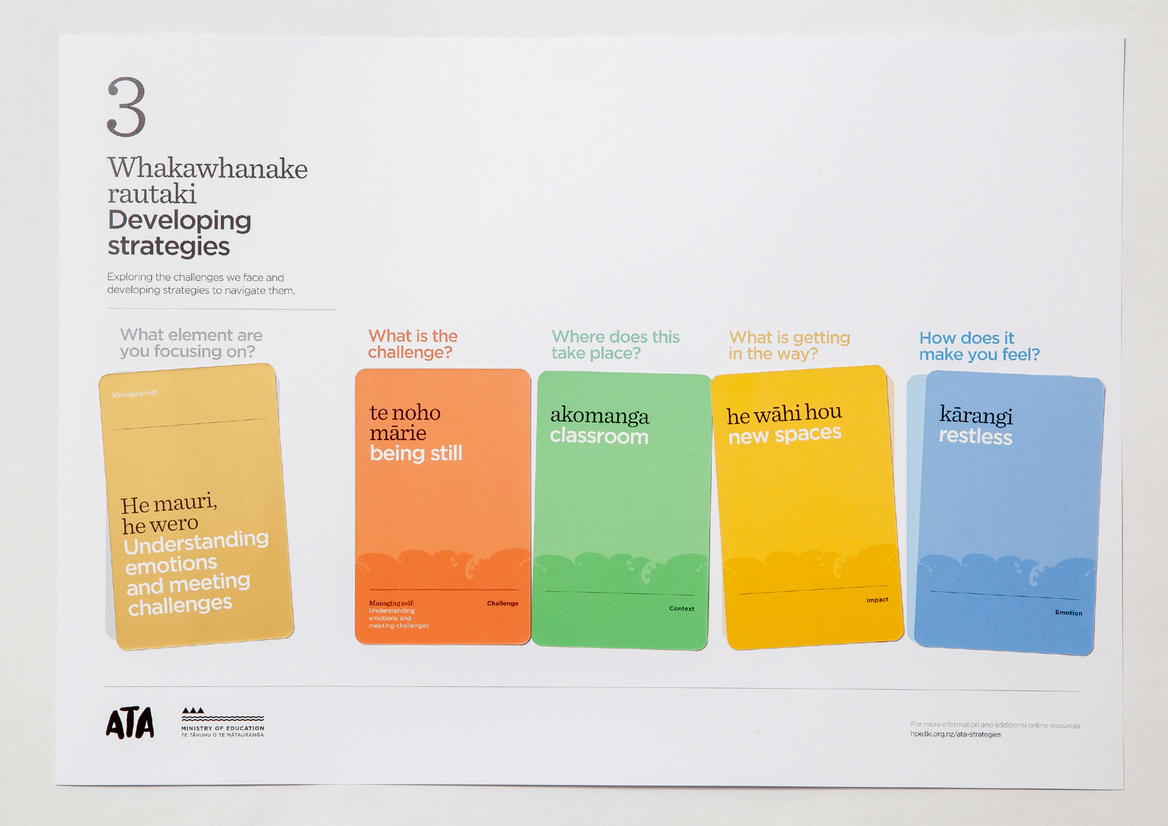
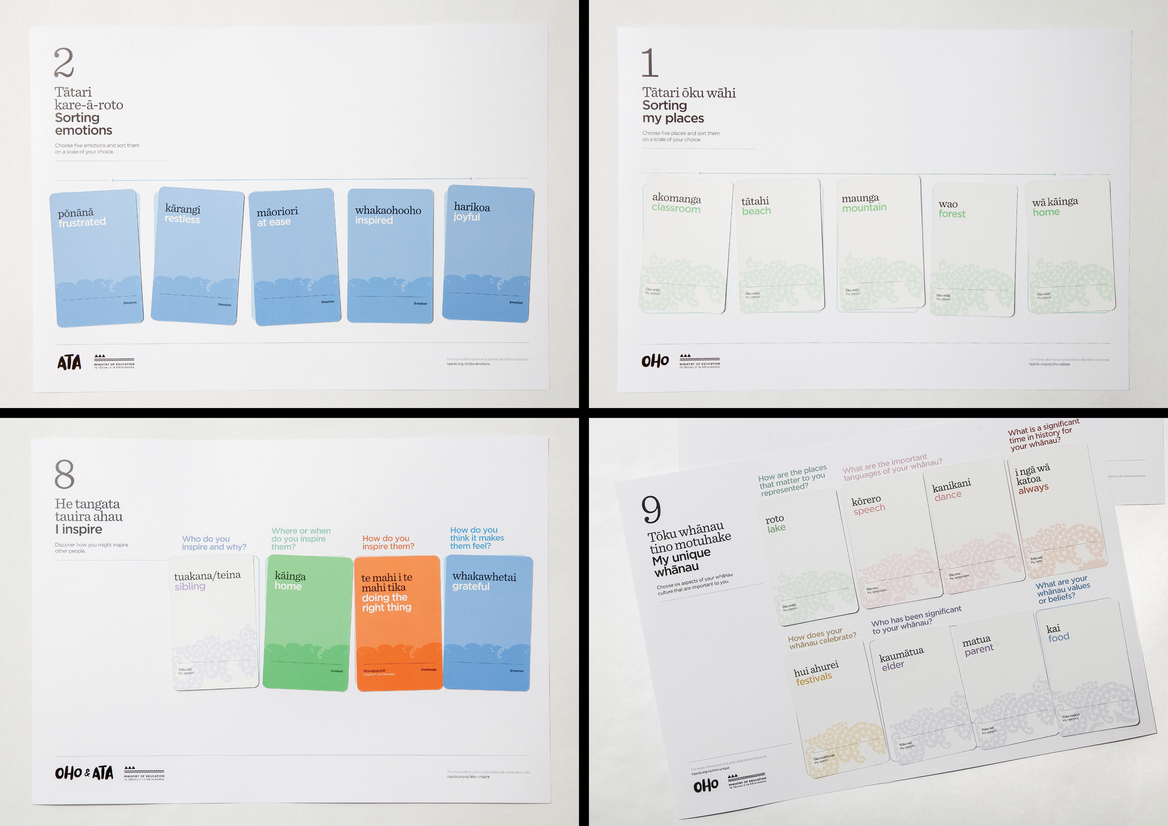
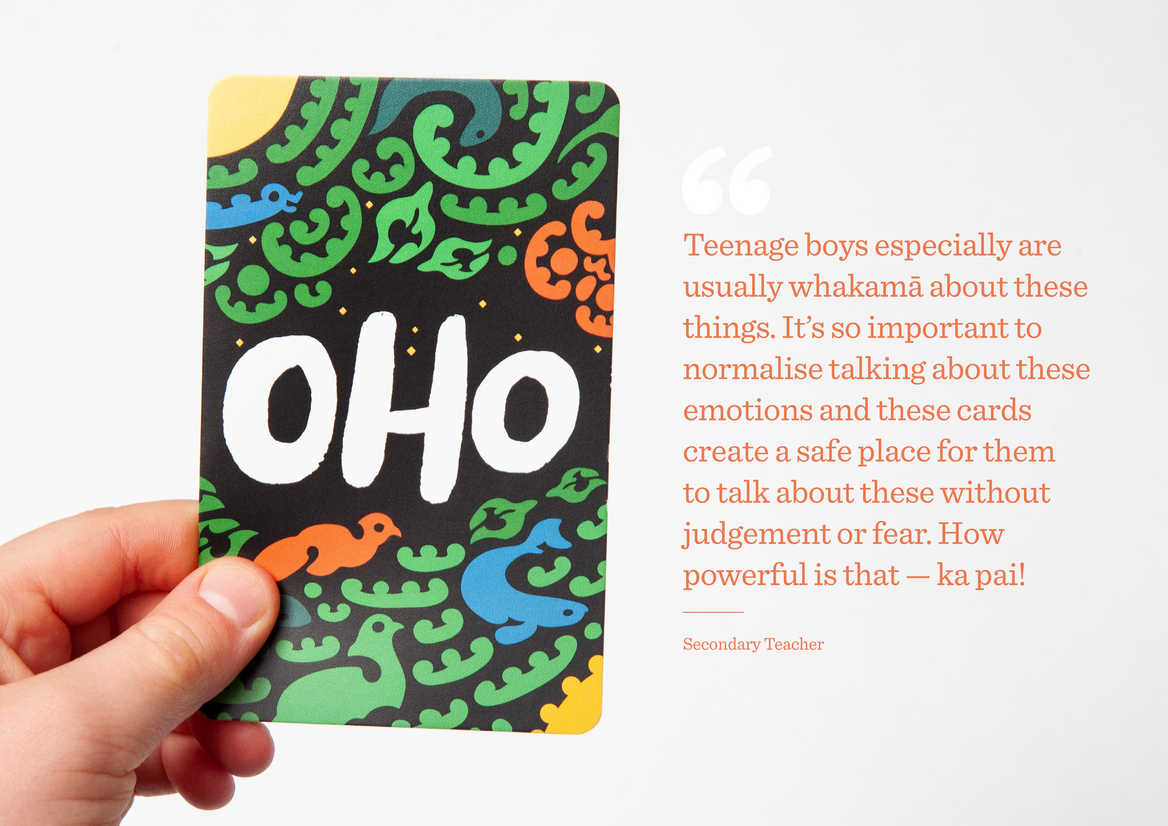
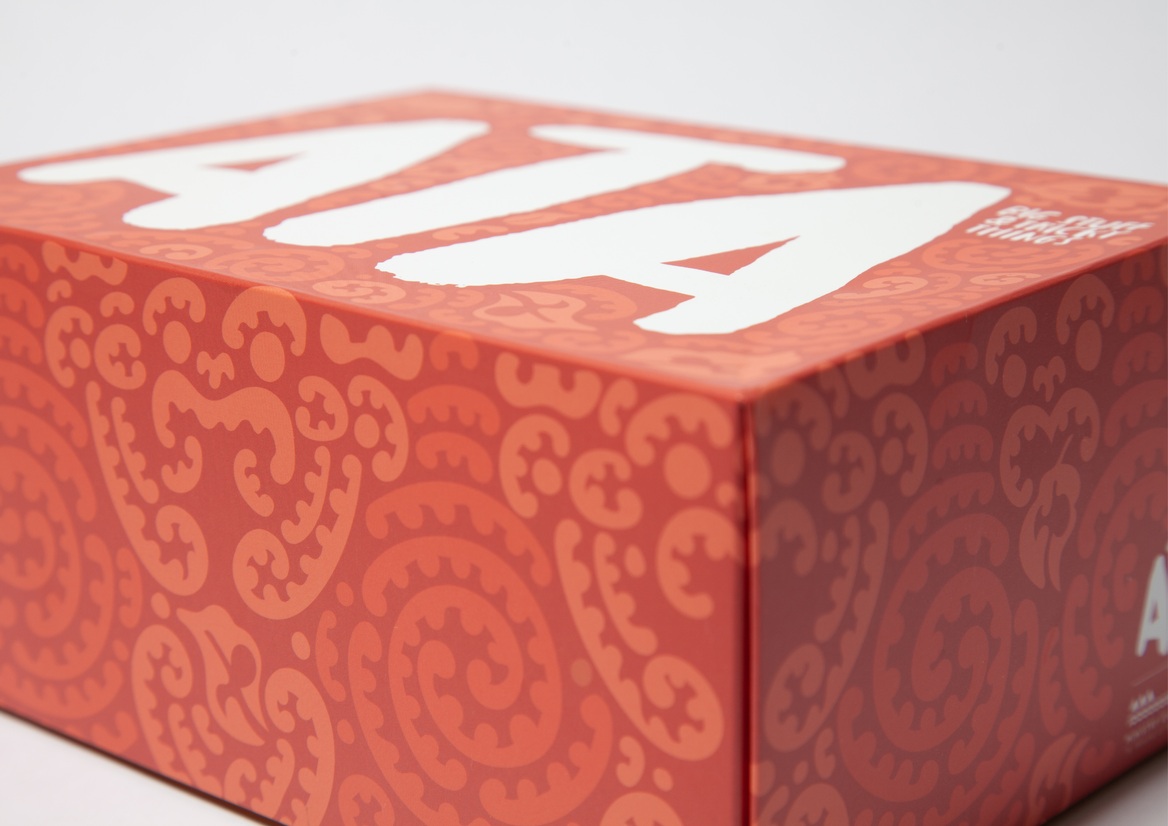
Description:
Poipoia te kākano kia puāwai
Talking about what's going on inside can be hard, especially for kids. Oho and Ata safely facilitate tricky conversations, enhance mana and make kōrero fun. These groundbreaking resources are critical tools in the government's Te Tiriti o Waitangi-led response to social and emotional learning.
Designing the resources through a Māori lens the key question for our team was, how can mātauranga Māori inform both the content and design?
We began by unpacking the content. As we moved closer to its heart, one thing that came to light was the need to help tamariki understand themselves in relation to others. This aligns with the Māori concept of whakapapa and interconnectivity. With this in mind, we decided to conceptualise the entire Social and Emotional Learning resource as Te Taiao, the interconnected natural world.
With our Te Taiao concept, we then began to look at how elements from the natural world such as manu, ngarara, tuna, or ika might align with key themes within the resources. For example, the theme of "Connection to Place" was linked to tūrangawaewae, soils and the ngarara (insects). The theme of "Collaboration" was connected to birds through the story of Rata. In all this, it was key that the content, through a lens of mātauranga Māori, drove the design. Thus, all the flora and fauna within our representation connect back to Māori narratives and stories.
While our resources have some serious topics, they are still intended for kids. So the designs also needed to be colourful, interesting and have a sense of awe. We drew on the natural world for the colours but made things a bit bolder and brighter. With our illustration style, we looked to kowhaiwhai forms as a way to connect to Toi Māori and Māori arts practices. The unfurling and overlapping nature of kowhaiwhai creates a link to ideas about whakapapa and relatedness. The patterned nature of the illustrations also creates a sense of wonder for children, as they see ika, manu and lizards hidden amongst the designs.
Mātauranga Māori and the Te Taiao concept heavily influenced the naming. Oho as a metaphor relates to the awakening of a sense of self and place that tamariki develop through using these resources. Oho as a modifier also means fruitful or productive, as in He tau oho, a fruitful year. This connects back to Te Taiao, growth and an understanding of ourselves as being part of the world. The word ata is rich in meaning and talks broadly about Ranginui and Papatūānuku, and our appearance as tāngata in Te Ao Tūroa. The new day as a metaphor, talks about new opportunities. Ata can also mean reflection or reflected image — this relates to the SEL mahi in that the resource, imagery and kōrero provoke thought, conversation and reflection.
Finally, the integration of Te reo Māori throughout the resource was a critical part of the project. Te reo Māori touches every piece of the Oho and Ata resources.